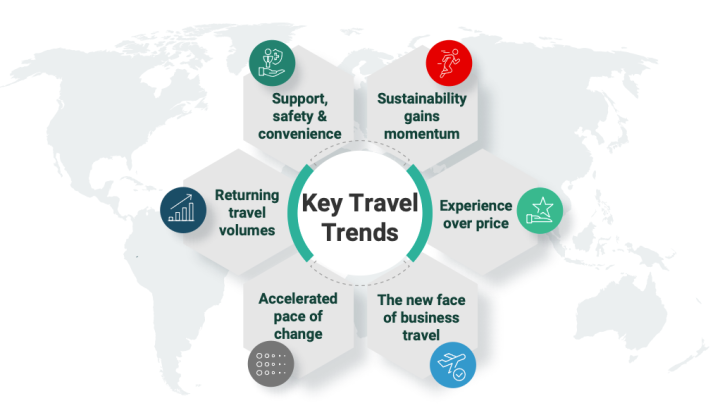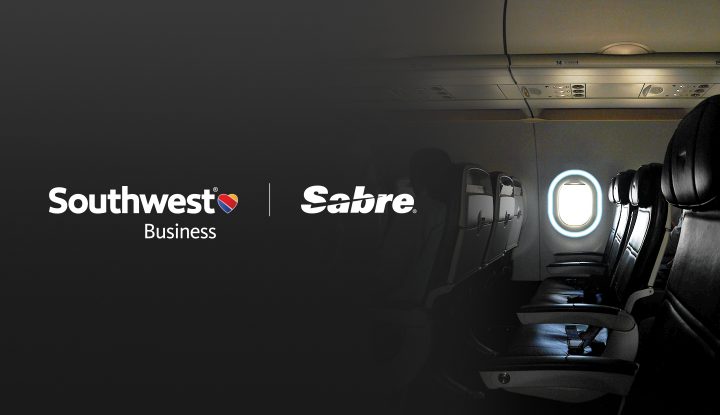BY
D’ANDREA WILLIS
People are not only talking about how generational change is affecting corporate travel policy compliance, they’re doing something about it. According to the
Pew Research Center, millennials recently became the largest generation in the U.S. workforce, at 34 percent. What that means for travel managers is the need to rethink travel policy processes to avoid out-of-program booking.
Thankfully there are new tools to deal with the changes. These are five trends in booking for you to consider and what you can do to stay ahead of the game.
1. Engaging Travelers In Their Own Language
In a recent
BTN Group and BMO Financial Group report, Sally Abella, the global corporate travel director for Harman International Industries, says you “really have to think about who your audience is now and how you’ll keep them in your booking channel.” She is referring to the fact that knowing who your travelers are will help with establishing processes they’ll respond to, decreasing the chances employees practice out-of-program booking. The easier and more mobile the processes are, the more likely your millennial employees are to use them.
2. Targeted Reporting
Using data properly can have an impact on getting traveler buy-in. For instance, reports for travelers themselves should provide travel advice, best practices and how the traveler’s history compares to colleagues, while reports to other departments might highlight initiatives specific to their division.
3. Bad Traveler Lists
According to the report, some organizations use comparisons to create lists of top violators in certain categories to figure out problem areas. This allows travel managers to look at policy compliance across a department while monitoring how outliers affect the numbers.
4.Using Duty of Care As A Lever
With growing concern about security, Abella uses new employee orientation as a time to detail potential travel disasters (natural and otherwise) to illustrate how the travel program can help – provided they book through approved channels. Sixty percent of hotel bookings are made through preferred channels, leaving forty percent of business travelers booking lodging out-of-policy. It’s great to save the company money but it’s much more valuable to know how and where to locate employees, especially in the face of a disaster.
5.Length of Presentation
Travel policies are often lengthy and thus many companies are cutting them to a few pages. The longer it is, the less likely your employees are to read it. Especially when you are serving a mobile-leaning employee-base, keep things brief and to the point. Highlight the key ideas and make things simple to avoid out-of-program booking. Identify the most egregious places of overspending and move those to the top of the travel policy to emphasize.
Next steps
There are specific steps to connect with the millennial worker when booking and planning travel for employees. Follow these guidelines to develop a travel program that resonates with millennials:
- Conduct a demographic survey of employees. Find out what your employees want and need, and then work with the human resources department to rethink policy, processes and tools used for booking travel.
- Reconsider social media. The fact that younger associates are all on social media forced Harman International to allow access to those sites from office computers. Social media is a great way to reach your employees and to communicate with them.
- Adopt user-friendly travel tools. Consider offering an itinerary app (such as TripCase), mobile booking and expense reporting that allows snapshots of expense receipts to be uploaded. User-friendly experiences encourages user uptake. For example, companies are looking tovirtual payments, which deploy a single-use virtual credit card to pay for travel while matching all bookings with payment. Not only does it reduce fraud exposure, but it helps manage compliance by offering greater control over spend limits and merchant categories. And employees don’t have to wait to be reimbursed, as there is never any out-of-pocket expense!
Employees have ever-evolving expectations, often tethered by evolving consumer technology trends. Deploying user-centric tools to manage travel will drastically improve compliance with travel policy across all demographics!




